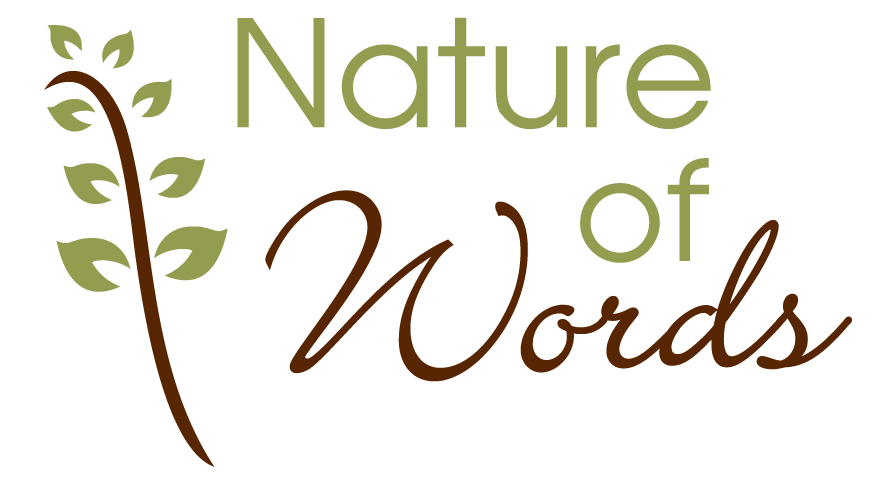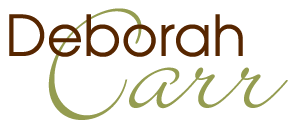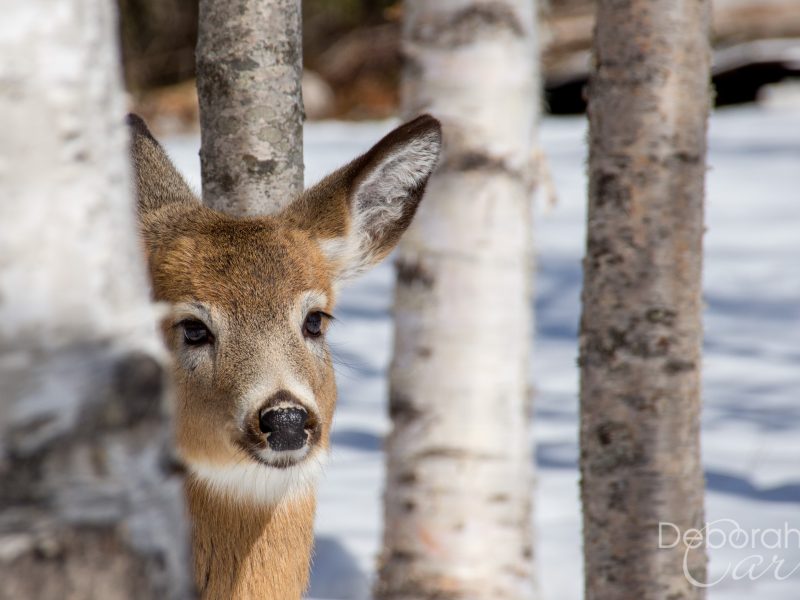
We’re the Problem
(Saltscapes Magazine, Oct/Nov 2020; International Regional Magazine Awards, Silver award winner, Nature & Environmental category)
When wildlife brushes up against human activity, it usually ends poorly for the animal. This dedicated duo of wildlife rehabilitators works to rewrite that ending (part 1 of a 2-part series)
The phone call from Canaport LNG came in at 10AM on September 14, 2013. Flocks of birds had flown into a gas flare the night before, the caller said. Can you help?
Barry Rothfuss, Executive Director of Atlantic Wildlife Institute (AWI), a wildlife rehabilitation facility in Cookville, NB, hung up the phone and kicked into high gear, initiating protocols he’d developed over decades of emergency response. By 2PM, he and a team of well-trained responders had arrived at the Saint John, NB facility overlooking the Bay of Fundy.
The scene was horrific. Thousands of dead and dying songbirds covered an area the size of two football fields. Some were flopping about unable to fly; others still tumbled from the sky. A feeding frenzy of gulls plucked up the helpless fallen. Traumatized workers were unsure what to do.
“In an event like this, your mind focuses on the task at hand,” recalls Barry. “You don’t have time to reflect on emotions, or the animals suffering. Your job is to remediate and respond as best you can.”
He quickly established a triage process for the victims. Some were charred beyond recognition, some singed, others appeared stunned, but unharmed. Volunteers transported the dead to the New Brunswick Museum for documenting and preserving; the living to Barry’s wife, Pam Novak, at the AWI facility several hours away.
“They were dying in my hands,” she says. Any birds surviving the transport had to be euthanized due to the severity of their injuries. Not a single bird survived. Necropsies showed most died instantly from contact with the flame, gas in their lungs or impact from the fall.
“This was one of the worst large scale disasters we’ve seen,” says Pam. “Not something I want to see again. It was a perfect storm – large flare, low cloud, key migration route. Everyone felt bad. The workers were breaking down in tears. No one fathomed this could happen.”
They documented the deaths of over 7,500 birds—warblers, ovenbirds, chickadees, nuthatches, vireos, American Redstarts—but Barry estimates the true loss to be well over 10,000. This is the heartbreaking part of their work.

Barry Rothfuss and Pam Novak tend to an injured osprey. (copyright © Amanda Beers)
AWI is the only facility in Atlantic Canada licensed for emergency response to large scale wildlife disaster. “If we’d not been able to respond, government response would have taken days and by that time, the birds would have been gone,” says Barry.
Their records proved invaluable for the ensuing lawsuit, during which Canaport LNG, jointly owned by Repsol and Irving Oil, pled guilty to charges under the Migratory Birds Convention Act and the Species at Risk Act. The company was fined $750,000.
“The main good thing to come of it was that it started communications between us, industry and government to ensure this doesn’t happen again,” says Barry. “Regulations now require that industry monitor migration routes and timing of activities. At least we’ve made changes.”
And that is his main goal.
Barry began his career as an architectural engineer in New York State. But, after becoming politically involved with evaluating a waste energy plant in his community, he realized how the operation impacted and displaced small avian and reptile species.
“Monitoring the indigenous wildlife population was a good indicator of how burning garbage for energy would also affect the human population,” he says. “These individual animals were telling us a story about what was going on in the environment. They tell us what’s going wrong.”
At the time, his findings led to tougher legislation on emissions and disposal of toxic waste. But it also led him to found a wildlife rehabilitation and emergency response organization.
Meanwhile, Pam was also becoming acutely aware of the impacts humans were having on wildlife habitats. Working as an architectural designer and space planner in New York, she noticed how urban sprawl and road building occurred with a total disregard of nature’s functions.
“I wondered why we didn’t take wildlife into consideration during the planning stages,” she said. Her concerns led her to volunteer with Barry’s organization. The match was meant to be.
Together, Pam and Barry threw their energies into the work, learning as they went. They sometimes witnessed up to 2,000 oil and toxic spills a year in the New York Harbour area. It soon became evident they were simply applying band-aids to a chronic illness.
“We wanted to become more proactive,” says Pam. “We had two young children at the time, and wanted an opportunity for them to grow up in open areas.”
In 1995, they moved to Canada and purchased a 120-acre property with fields, mixed forest, ponds, and wetlands outside of Sackville, NB.
“We built it all–the farm and the programs–from the ground up,” says Pam. AWI now has 25 rehabilitation buildings on site: baby barn units, nurseries, critical care areas, a watch tower, flight aviary, and large learning centre for public workshops, and training sessions. A recent land donation more than doubled their acreage.
They’ve provided internships for university students, trained more than 200 licensed first responders, and established a network of veterinary partners who handle the surgical and medical care and offer emergency drop-off points for animals. Having a competent community network is critical to educating the public in the proper way to interact (or not) with wildlife.
AWI receives up to 5000 wildlife referrals a year: mammals, reptiles, amphibians, and birds suffering injuries, lead poisoning, displacement from habitats, or intentional damage. Many of these come via provincial natural resource wardens, yet with the exception of student employment grants, they receive no funding from government. They rely on income from programs, individual and corporate donations, and fundraising events. It’s a struggle.
About 65 per cent of their annual calls come during spring and early summer ‘baby season.’ As snow melts, animals emerging from hibernation seek a safe place to raise their young, sometimes a shed that was closed up for the winter. Conflicts occur when humans discover an animal or bird nesting in or under an outbuilding. They may trap, evict or kill the mother, not realizing they’ve just orphaned her young.
“When people disrupt wild populations in breeding season, we call this unintentional interference,” says Pam. To avoid this outcome, she suggests leaving the animals alone, or find a way to work around them, until the young have left the nest, then animal-proof the building.
The influx means that Barry and Pam often start their day at first light and work past midnight caring for tiny, vulnerable patients requiring constant feeding and monitoring. This year, the pandemic quarantine made this even more challenging, as they managed without volunteer help.
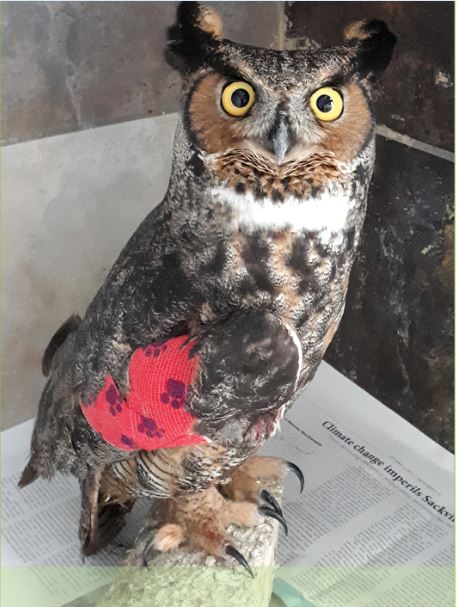
A Great Horned owl with an injured wing, one of the patients at Atlantic Wildlife Institute, Cookville, NB (copyright © Atlantic Wildlife Institute)
This spring, AWI housed 19 raptors—barred and great horned owls, eagles, kestrels, broad-winged and red-tailed hawks—in various stages of rehab due injury, or poor body condition. In winter, raptors often hunt close to roads, leading to collision with vehicles. Pam notes that people could greatly reduce the number of impacts if they slowed down and become more observant of animal movement while driving.
One resident, a great horned owl, is recovering from soft tissue damage to a wing after becoming entangled in wire. If he was part of a mating pair, his absence would also stress the female as she’d be incubating eggs and dependent upon him supplying food.
His story highlights the importance of cleaning up broken glass, bottles, plastics, wiring, fencing and other debris on our properties. The same things that could endanger a child, can also inflict harm on the species that share our environment.
In February, a bobcat wrapped in a snare was brought to the Douglas Animal Hospital near Fredericton. The wire had almost cut him in half, slicing through multiple layers of skin and tissue to his backbone. And yet he lived.
“It was one of the most brutal injuries I’ve seen,” says Pam. “Some of the tissue was dying off, so he’d been suffering for weeks. But still he was fighting to survive. We wanted to give him a chance.”
Despite his injuries, the bobcat still displayed spirit and pluck.
“They’re an iconic symbol of resilience, strength and a will to survive,” says Pam. The local residents who initially spotted the cat and came to his rescue nick-named him Clover. “Four-leaf Clover,” Pam explains. “To give him some luck.”
In their years of operation, they’ve treated over 250 different species, many suffering impact injuries caused by collision with vehicles, buildings, windows, power lines.
“We create constant obstacles for animals to get around,” says Pam. “One of my biggest issues is the fragmentation of habitats. As humans take over more of the planet, we don’t consider the habitats we’re destroying and animals we’re displacing.”
Then there’s intentional damage. In two particularly disturbing incidents in late 2019, first at the Moncton Coliseum and then later at Champlain Place in Dieppe, she was called to pick up dead and dying gulls in the parking lots. Witnesses at the coliseum observed a Sierra pickup truck deliberately plough into a flock of 31 resting gulls. In Dieppe, the death count was six.
“We had to peel them off the ground,” says Pam. The deliberate decision to cause harm is hard for her to understand. “The birds were no doubt just huddled together for warmth.”
They also get ducks, crows and geese shot with BB guns. “You can look at the x-rays and count the pellets,” she says. “Our impact on other creatures shows such a disconnect. We’re part of a very large system that we have to take seriously for our own health and safety. We don’t take the time to try to understand the scenario. We are all collectively responsible.”
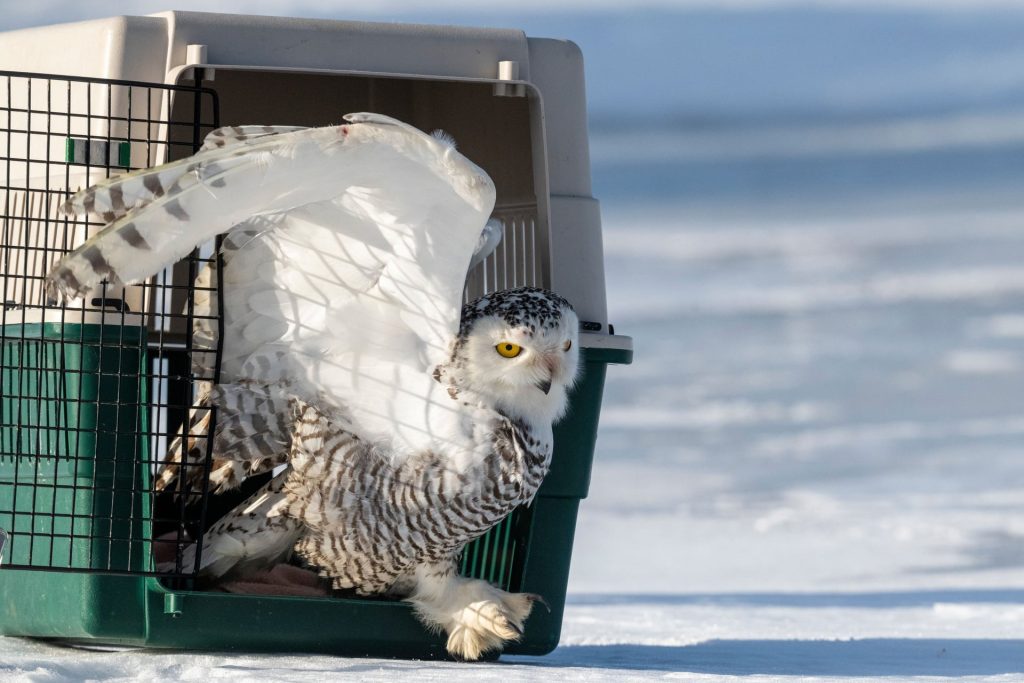
A successful rehabilitation and release of a snowy owl brought in by volunteers. (copyright © Amanda Beers)

(image copyright © Amanda Beers)
While the aim is rehabilitation and release, over the years, several characters have remained as part of AWI’s workforce. Gus the Porcupine, is one of these.
“We tried to release him, but he just kept coming back,” says Barry. “He’s just a big happy porcupine. So he’s been trained as a greeter. He helps de-stress the new arrivals. That’s his job.”
Old Lady, a resident eagle, gives flying and social behaviour lessons to juveniles in the aviary, while Blue and Charlie Chaplain, bears with genetic deformities preventing their release, served as elders to young cubs for years, teaching them how to be ‘proper bears.’
“Females do the nurturing, but males define the social order,” explains Barry. “Once the cubs reach a certain age, then the older males help set the pecking order.”
But despite their work, the root causes of harm have not lessened. They still get too many orphaned bear cubs and fox kits.
“We, as a society, need to recognize we’re the nuisance, constantly infringing on the land of others,” Pam wrote in a recent Facebook post. “The only solution is learning to adapt and co-exist with our natural environment and showing respect for those we’re displacing.”
COVID-19, a zoonotic that virus researchers believe passed from animals to humans in an Asian wildlife market, made us painfully aware of how human interference has upset the balance of nature. Important habitats once accommodating a diversity of species have been decimated or repurposed for human interests, putting animals in competition with each other and in closer proximity to people. Global human travel means communicable diseases spread quickly.
“We must look at our planet as an all-encompassing organism. If you affect one piece, it will affect it all,” says Barry. “COVID-19 is the tip of the iceberg. We’re going to see more of this as we go down the path of population growth and infiltration on our environment.”
AWI’s work places them on the front lines of zoonotic disease detection, able to pinpoint local outbreaks that might affect public health. Using the expertise of their partner veterinary clinics, every animal coming into their care is tested and the results documented. They submit data to the Canadian Wildlife Health Cooperative, a network for wildlife research, and to provincial researchers to track trends.
“In the past few years, we’ve seen significant occurrences in a higher capacity and more virulent manner,” says Barry. “Rabies is spreading again. Last year we had West Nile in cormorants along Northumberland Strait; Aspergillus infection (a fungus that impacts respiratory systems) in seabirds; Avian flu in crows along the Saint John River Valley.”
“If we’re not on top of this—if you’re not monitoring indigenous wildlife populations like we do here—then you become reactive instead of proactive.”
Consistent education underscores all they do.
“We believe that wildlife stewardship is best done in a holistic and systematic manner, addressing root causes and not just symptoms,” says Barry. “It’s the work we do to change the existing conditions that makes the difference.”
To this end, Pam effectively uses Facebook to share the stories of the animals, and they partner with community leaders to host youth camps, wilderness and survival training, medicinal plant and wild edibles workshops, and Terrasonga, a musical performance program for youth that combines musical theatre with environmental action. This fall, they introduced a nature school for 7-14 year olds. All in an effort to provide opportunities for others to interact with nature and learn to be better stewards of our environment.
“Without comprehension of how we must care for and share our environment,” says Barry, “we’re just taking animals out of a bad situation throwing them into a worse one.”
